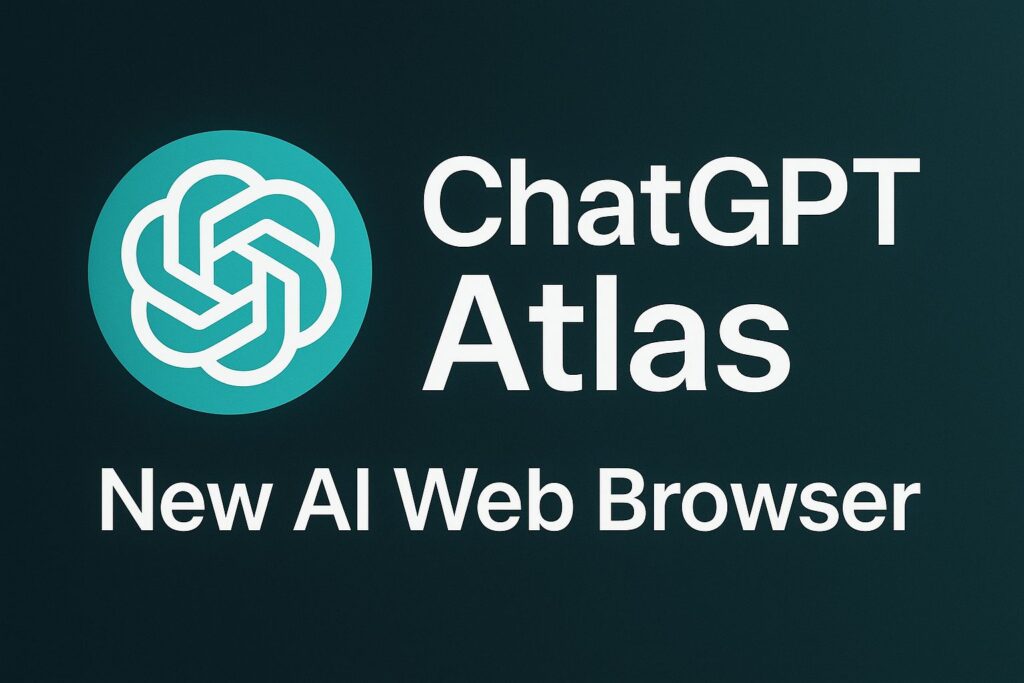ChatGPT and Google Bard are two conversational AI models that are designed to generate human-like responses to prompts. While they share some similarities, there are also significant differences between them. Here are some of the key differences between ChatGPT and Google Bard AI
Differences Between ChatGPT and Bard AI
Integration: One of the most notable differences between ChatGPT and Google Bard is that Bard is incorporated into Google’s customer service infrastructure , whereas ChatGPT is sold by OpenAI as an independent solution . This means that Bard is designed to manage client contacts in a more comprehensive way, while ChatGPT is designed for a wider range of use cases.
Knowledge base: Bard draws on information from the internet to generate its responses, whereas ChatGPT has access to data until 2021 . This means that Bard has access to a wider range of information, while ChatGPT’s responses are based on older data.
Language models: Bard is based on LaMDA (Language Model for Dialogue Applications), while ChatGPT uses a language model called Generative Pre-Trained Transformer-3 (GPT-3) . Both language models are designed to generate natural language responses, but they have different underlying architectures and strengths.
Information creation: As opposed to ChatGPT where content is generated in a single text prompt, Bard is designed to generate more information in more chunks. This means that Bard is better suited for generating responses to more complex prompts, while ChatGPT is more efficient at creating content in a shorter amount of time.
Reliability: Bard is thought to provide more reliable information than ChatGPT because of Google’s massive data gathering capabilities . This means that Bard is likely to generate more accurate responses to prompts, while ChatGPT may be more prone to factual mistakes and embellishments.
In summary, while ChatGPT and Google Bard are both AI models designed to generate human-like responses to prompts, they have significant differences in terms of their integration, knowledge base, language models, information creation, and reliability. Choosing between them will depend on the specific needs of the user and the use case at hand.
Discover more from TechResider Submit AI Tool
Subscribe to get the latest posts sent to your email.






